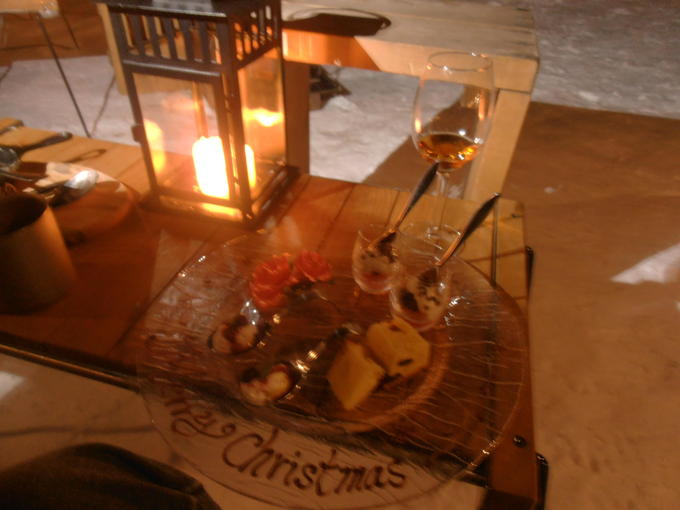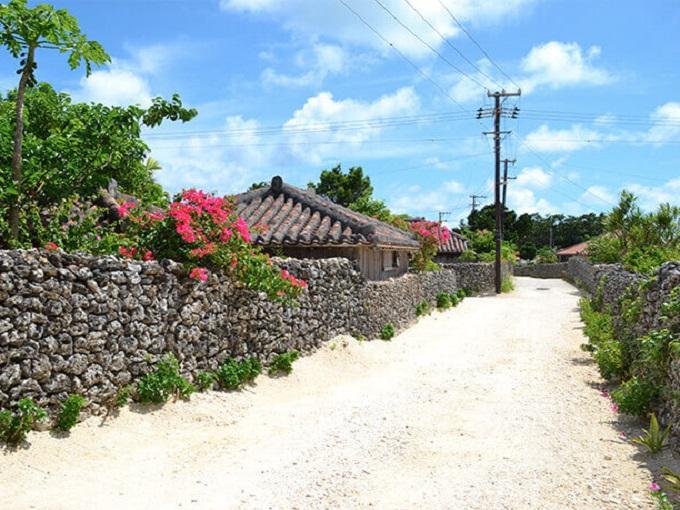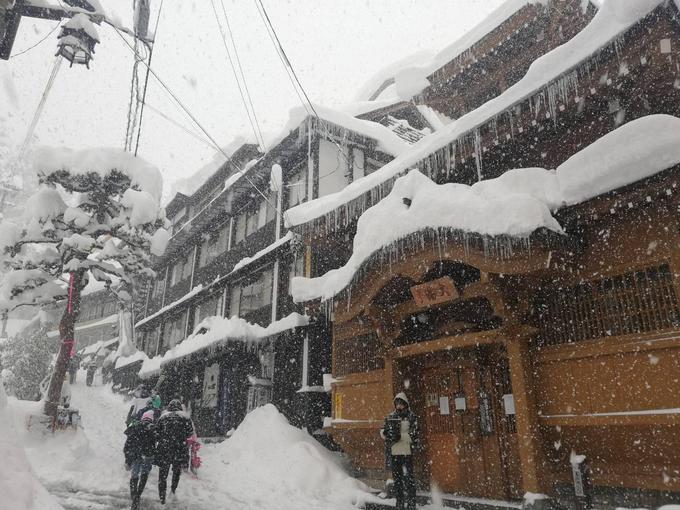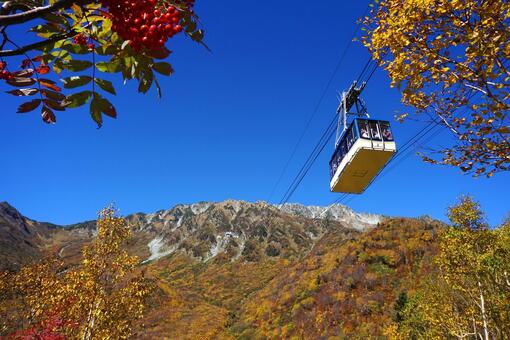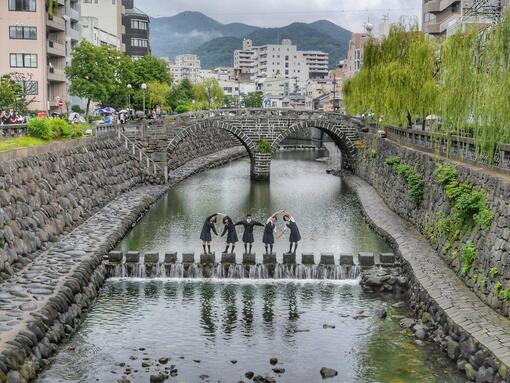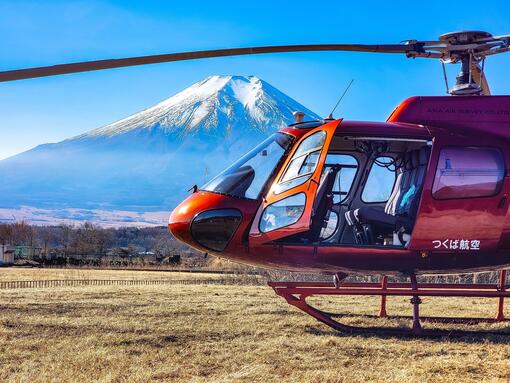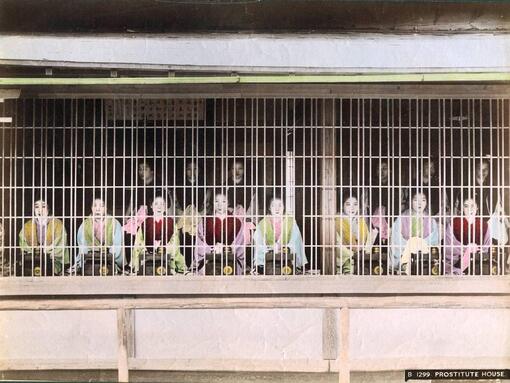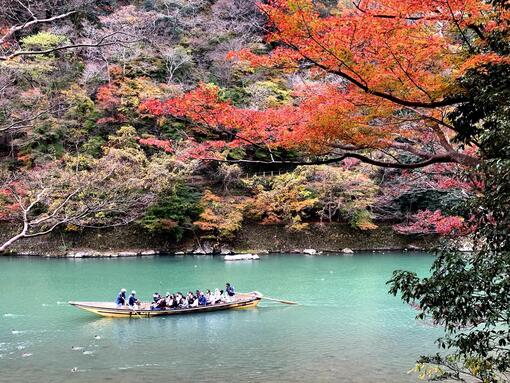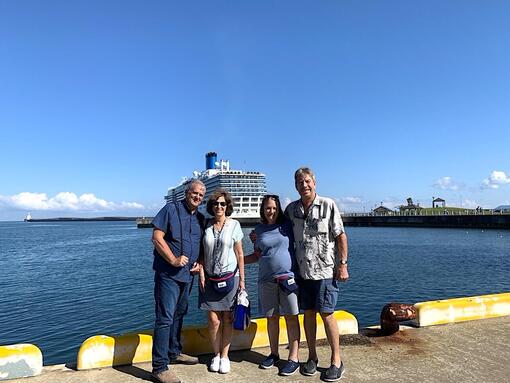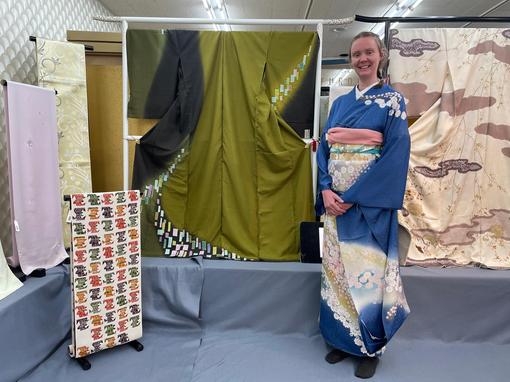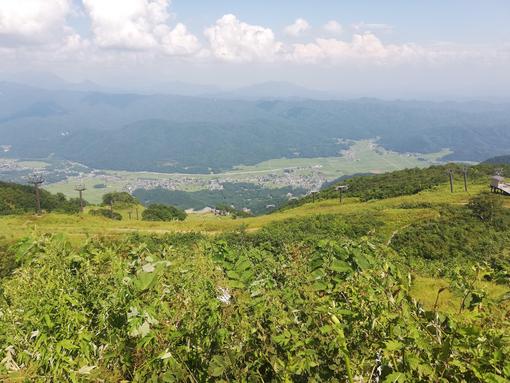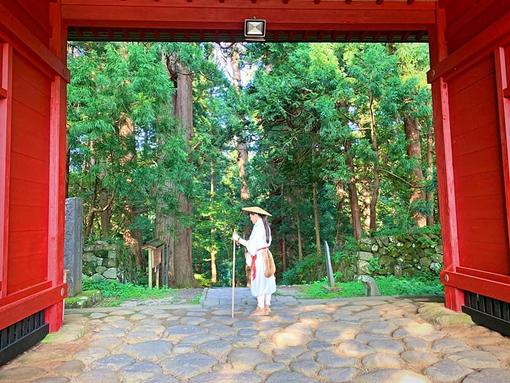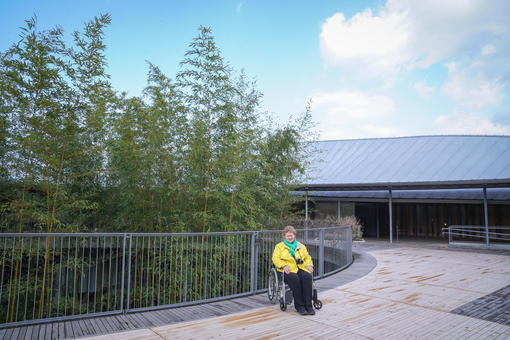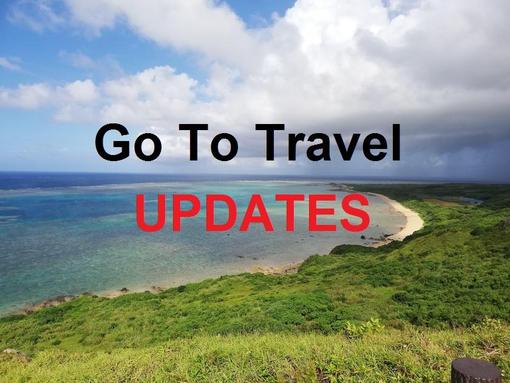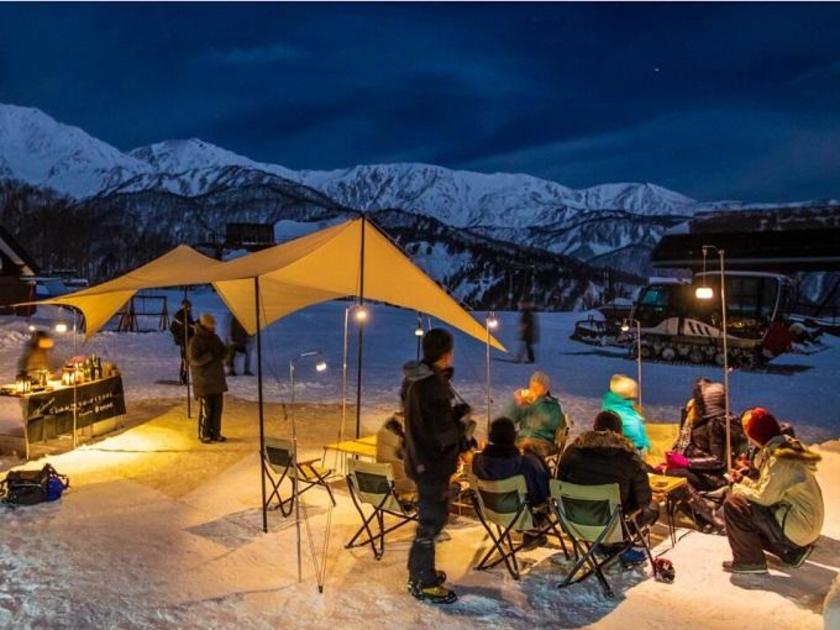
Omakase Tour's Most Popular Destinations in Japan for 2020
2020 hasn't exactly been the year for travelling. We all spent a good portion of the year holed up in our houses, working from home and wary of even going to the supermarket. Since the summer though, we have been arranging trips for more and more expats living in Japan. With the Go To campaign being extended to Tokyo dwellers, travel within Japan has become more popular than ever. People who usually return to their home countries for holidays are now exploring Japan instead, with our help arranging their Go To Travel discount and tours.
These are the 10 most popular destinations for our customers this year.
1. Hakuba
Wonderful in all seasons, Hakuba is especially popular in Winter due to its close proximity to Tokyo, great skiing and English friendly services and accommodation. Usually populated by Australians every winter, this year will see the small town fill with expats looking for a white Christmas. There are English language ski and snowboard lessons available, as well as babysitting and child lessons. They have snowshoe tours and special Christmas day programs. There are many restaurants and bars - you can even find Aussie pies! Most accommodation is English friendly and the options are many, from self-contained chalets to all-inclusive hotels, to backpacker pension hostels.
We recommend: Snow Peak Field Suite - take a snow plough high up the mountain to enjoy a full-course dinner and then drinks and dessert under the stars. We spent last Christmas eve here and it was amazing - delicious food, romantic setting with the campfire under the stars, deep untouched snow.
2. Okinawa
Generally thought of as a summer destination, Okinawa is also great in Winter. Cheaper prices, less people and temperatures still around 15-20℃. A little cold for sunbathing, but perfectly okay for getting some sun and trying scubadiving in their crystal-clear tropical waters. Generally thought of as a summer destination, Okinawa is also great in Winter. Cheaper prices, less people and temperatures still around 15-20℃. A little cold for sunbathing, but perfectly okay for getting some sun and trying scubadiving in their crystal clear tropical waters. Also, some activities are only possible during winter. One of these is whale watching - from late December to April, you can see the humpback whale migration from Alaska to Okinawa. Also, several cherry blossom festivals take place across Okinawa's main island between late January and February, two months before the rest of Japan. There is a lot more to Okinawa than just swimming at the beach, we have organized trips for our guests for diving, historical and cultural sites, natural caves, cliffs and rainforests and to resorts.
We recommend:Taketomi Island - an island off the coast of larger island Ishigaki. It is the site of a traditional Ryukyu (Okinawan people) village, wonderfully preserved. You can go on a daytrip, renting bicycles to explore the island, or even taking a tour on a water buffalo. It is also possible to stay the night in both cheap and luxury accommodation.
3. Hiroshima
Hiroshima is a consistently popular destination for foreign visitors to Japan, especially from the USA. Now, many people living in Japan are choosing to make the trip, perhaps feeling that one cannot live in Japan without paying witness to this historic city. As most people know, Hiroshima is infamous for being destroyed in an atomic bomb attack in 1945. Visitors pay tribute to those affected in the Peace Memorial Park and surrounding monuments and museum. Miyajima is a common day trip to include in one's Hiroshima stay, so that you can have a mix of history and nature and of course the famous red torii gate on the water view.
We recommend: Takehara - One hour from central Hiroshima is Takehara, a beautifully preserved old town known as "Little Kyoto". Stroll around enjoying the architecture and sample sake from their famous breweries. While there you can also go to Ōkunoshima Island - known to the world as 'Rabbit Island'.
4. Nozawa Onsen
Nozawa Onsen is a hot spring town in Northern Nagano, home to 13 different traditional public baths along with numerous private onsen-hotel facilities. The baths have a long history dating back to the Edo-period, and these days the town is a popular destination for both Japanese and foreign tourists seeking a combination of skiing and onsen in the winter. It is quite foreigner friendly with many English menus, signs and maps.
We recommend: Nozawa Onsen Dosojin (Fire Festival) - Every year on January 15th the Dosojin Matsuri is held. It is said to bring good good fortune to the village, blessings upon first born children and their families, as well as drive away evil spirits and bad luck. The previous day a shrine is erected in the village. Then on the night of the 15th, men of the ages of 25 and 42 must guard the shrine while everyone else attempts to break through and set the shrine on fire. They battle for hours until the shrine is set alight around 10pm.
5. Nikko
Nikko is one of the most popular places for first time visitors to Japan to visit given its close proximity to Tokyo. People visit for the Autumn leaves and famous Toshogu Shrine (remember the three monkeys: see no evil, speak no evil, hear no evil?). Actually, Nikko had been a center of Shinto and Buddhist mountain worship for many centuries before Toshogu was built in the 1600s, probably due to the verdant nature of the Nikko National Park.
You might not think of Nikko as a winter destination, but it's actually a winter wonderland. All the sights become more beautiful covered in snow, and the crowds are much less, leaving you room to contemplate the beauty in peace. Yumoto Onsen is nearby, and enjoying a hot spring while surrounded by snow is not to be missed. And the Yumoto Onsen Snow Festival is held during January and February. The festival features massive ice sculptures houses in igloo-like snow domes known as kamakura.
We recommend: Onsen-ji, a Buddhist temple dedicated to hot springs. It is located on the edge of Yumoto Onsen town and the highlight of visiting is that you can actually take a dip in an onsen inside the temple. It has just a small bath, but the novelty of bathing in a temple makes up for that. The water is also said to have a special healing quality, promoting health and ensuring a long life.
6. Osaka
One of Japan's largest and most famous cities, everyone knows Osaka. And it seems Tokyo dwellers are using the Go To campaign to travel to Osaka and Kyoto cheaply. After all, you can't live in Japan and not tick off the big three (Tokyo, Osaka, Kyoto).
We recommend: Minoo Park - A forested valley about an hour from central Osaka. It is a place for people living in Osaka to escape the urban sprawl, much like Mt. Takao in Tokyo. The latter half of November features spectacular Autumn foliage and the chance to try maple leaf tempura. While walking the park's hiking trail, visit Ryuanji Temple before heading to the famous waterfall at the end of the trail.
7. Kyoto
Much like Osaka, we have had many guests flock to Kyoto this Autumn, taking advantage of the cheap deals to see this city of culture in style. Everyone knows that Kyoto is famous for its temples and geisha, but believe me, there is a lot more on offer than Arashiyama and the Golden Pavilion. Our guests have been interested in spots off the main "tourist track".
We recommend: Mt Kurama - Outside the center of Kyoto and into the mountains lies the village of Kurama. is a very historical area, known for being the birthplace of reiki (a healing technique) and home to the tengu, Japanese folklore creatures said to be the protectors of the natural world. Hiking from Kurama to the quaint mountain village of Kibune is highly recommend as a way to see some more of Kyoto. There are many lesser known shrines to be seen along the way and eating lunch at a "kawadoko" restaurant is certainly an experience. These are Kyoto style restaurants where the floor is built on the river so that customers can relax hearing the tinkling of the stream as they eat, and refresh feeling the cool air coming off the water. This area is a good place to visit Kyoto temples in the nature and away from the crowds.
8. Yatsugatake
The Yatsugatake mountains span both Yamanashi and Nagano prefectures and is one of the best trekking spots near Tokyo. It is home to Japan's highest outdoor bath, Honzawa Onsen, as well as the historic town of Suwa. Along with hiking, the region is also great for boating, cycling and horse riding. In the winter they offer snow shoe tours of the countryside. Brisk mountain air, stunning mountains, hot spring afterwards, and all less than two hours from Tokyo.
We recommend: Kiyosato Terrace - 1900m above sea level and with panoramic views over the sweeping green fields and rolling hills of Yatsugatake. Lovely on a sunny day and there are many gourmet dining options to choose from.
9. Nakasendo
The Nakasendo is a mountain path which in the olden days connected Tokyo and Kyoto. There is a section of this road that winds through the Kiso Valley in Nagano, passing through the towns of Magome and Tsumago. These are well preserved traditional Japanese post towns (spots where weary travellers could rest before continuing on with their journey) and a great way to see old, rustic Edo towns. Many of our guests have enjoyed our Nakasendo tour, completing the 8km hike through the valley from one town to the other, stopping for local delicacies in each. In winter the trail is at its most peaceful and serene and some parts are like a scene out of a fairytale.
We recommend: Our own tour - Explore Kiso Valley : Magome - Tsumago Mountain Trail Walk - From cobbled roads going through Magome-Juku, the view of Mt. Ena, a quaint teahouse on a mountain pass, and beautiful mountain village scenery around Tsumago-Juku, there is no doubt that you will feel like you've been transported back to medieval Japan.
10. Sado Island
Sado Island lies off the coast of Niigata on the Japan Sea. It is one of Japan's biggest islands and in the past was a place for exiled political figures to be sent. These days it is more known for the Earth Celebration, an annual music festival by Sado Island's world famous taiko group, Kodo. It is a fairly out of the way destination, but there is quite a bit to do on the island, from their cascading rice paddies view to visiting an old gold mine. You can try their famous nihonshu (rice wine) and of course, onsens. On Lake Kado are even boats made out of washtubs, surely something to remember.
We recommend: The highlands of Mt. Donden - In summer the hills look like something out of Heidi, green as far as your eye can see and thousands of alpine wildflowers dotted on the hillside. We don't recommend Sado Island in Winter as it is rather bleak, but instead Spring is the time to go, when the flowers start blooming and signs of life appear once again.












